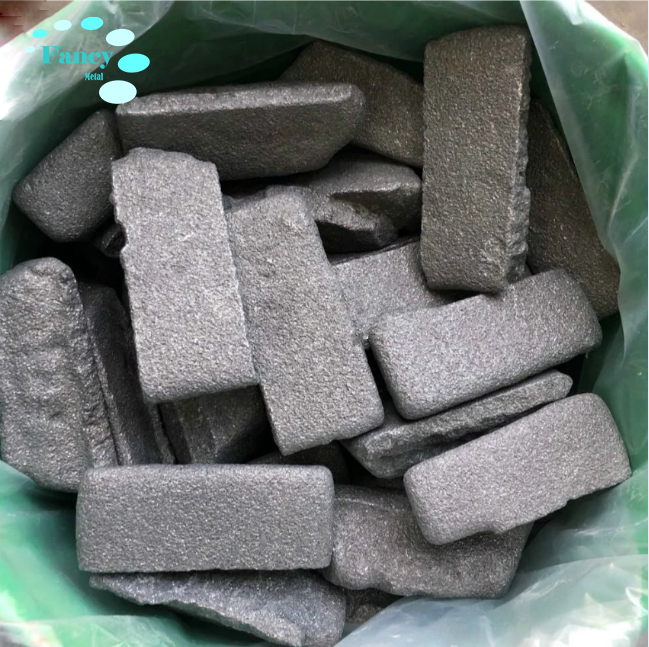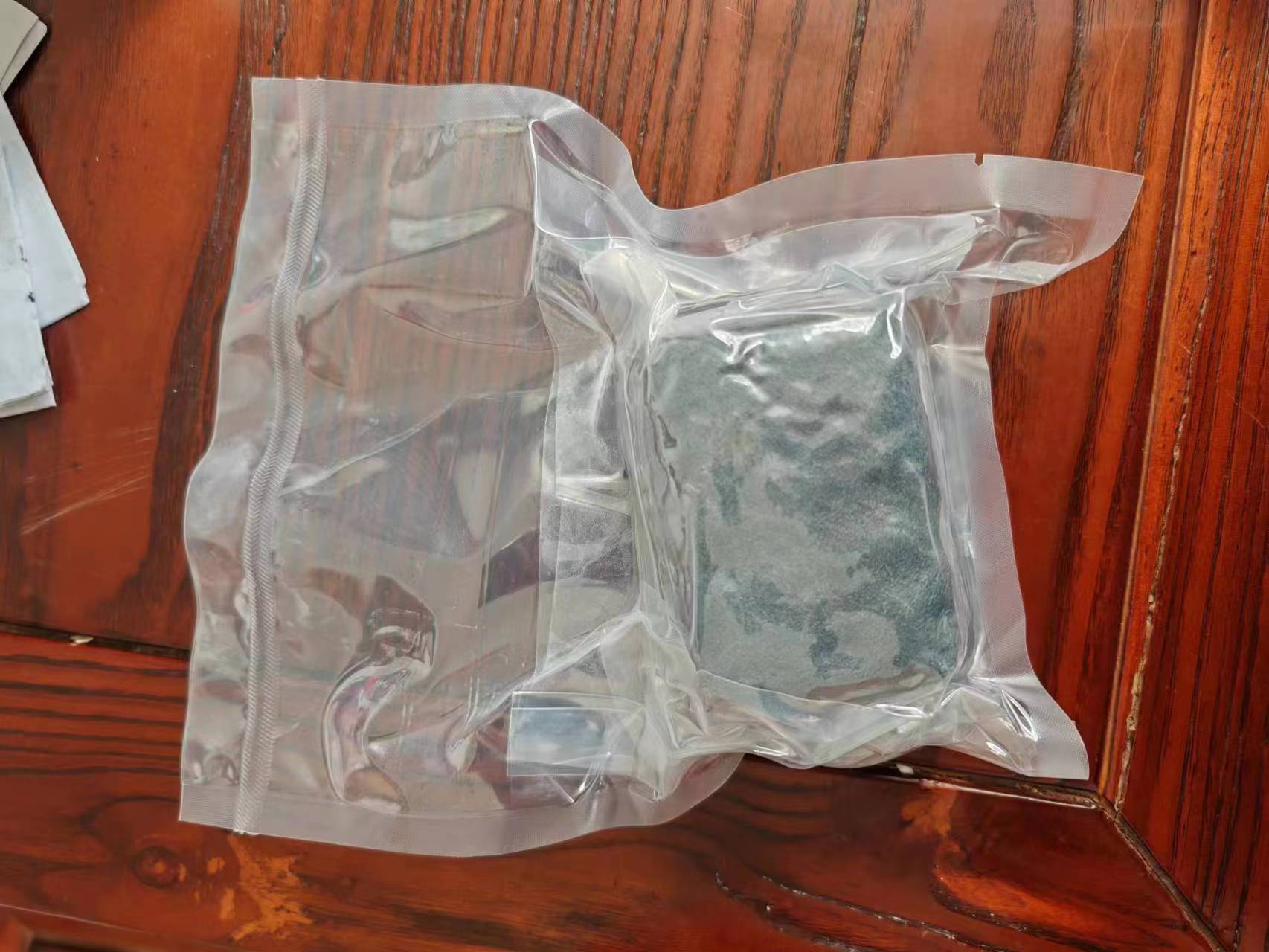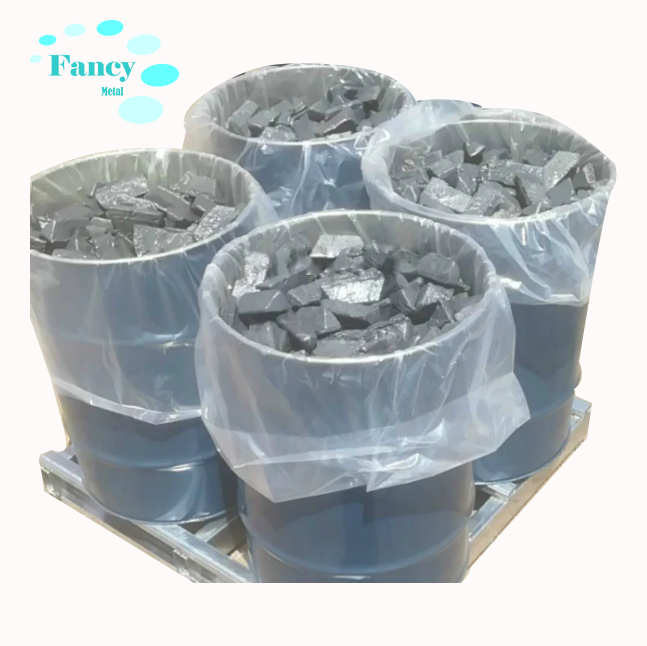Fancymetal offers high purity (customizable) metal products, as well as oxides, product shapes, foils, plates, wires, tubes, rods, powders and a variety of custom shapes.
We also have other lanthanum products:
Lanthanum
Lanthanum Metal
Lanthanum Rods
Lanthanum Flakes
Lanthanum Oxide
Lanthanum Hexaboride
Lanthanum Oxide Sputtering Targets
Lanthanum sputtering targets
Magnesium-lanthanum intermediate alloys
Lanthanum has a silver-gray luster, a soft texture, and active chemical properties. It quickly loses its metallic luster when exposed to air and forms a blue oxide film, but it cannot protect the metal and further oxidizes to form white oxide powder.
It can react slowly with cold water, is easily soluble in acid, and can react with a variety of non-metals. Metal lanthanum is generally stored in mineral oil or rare gas.
Application:
✔ Metal lanthanum shells are used to produce nickel-hydrogen batteries, which is one of the main applications of lanthanum.
✔ Mainly used to manufacture special alloy precision optical glass
✔ High refractive optical fiber board, suitable for making cameras, cameras, microscope lenses
✔ Manufacture of ceramic capacitors, piezoelectric ceramic doping agents and X-ray luminescent materials such as lanthanum bromide powder
✔ Used as a catalyst for various reactions
✔ Lanthanum oxide impregnated with lithium oxide or zirconium oxide (1%) can be used to manufacture ferrite magnets
✔ Manufacture of fiber optical devices and optical glass
Chemical properties:
The chemical properties of metallic lanthanum are active and easily soluble in dilute acid.
It is easily oxidized in the air, and the fresh surface quickly darkens when exposed to air; it can burn when heated to form oxides and nitrides.
It is heated in hydrogen to form hydrides, and reacts strongly in hot water and releases hydrogen.
Lanthanum exists in monazite sand and fluorocarbon cerium lanthanum ore.
Lanthanum can directly react with carbon, nitrogen, boron, selenium, silicon, phosphorus, sulfur, halogens, etc.; lanthanum compounds are diamagnetic.
High-purity lanthanum oxide can be used to manufacture precision lenses; lanthanum nickel alloy can be used as hydrogen storage material, and lanthanum hexaboride is widely used as a high-power electron emission cathode.
Storage and transportation:
Put in a sealed container and store in a cool, dry place. Ensure that the workshop has good ventilation facilities. Keep away from fire, water, and avoid contact with moisture.
Do not store together with oxides and acidic substances. Must be stored in paraffin or mineral oil.
History:
In 1839, Swedish chemist (Carl Gustaf Mosander) discovered lanthanum, and he extracted lanthanum as an impurity from the rare element mineral cerium nitrate.



